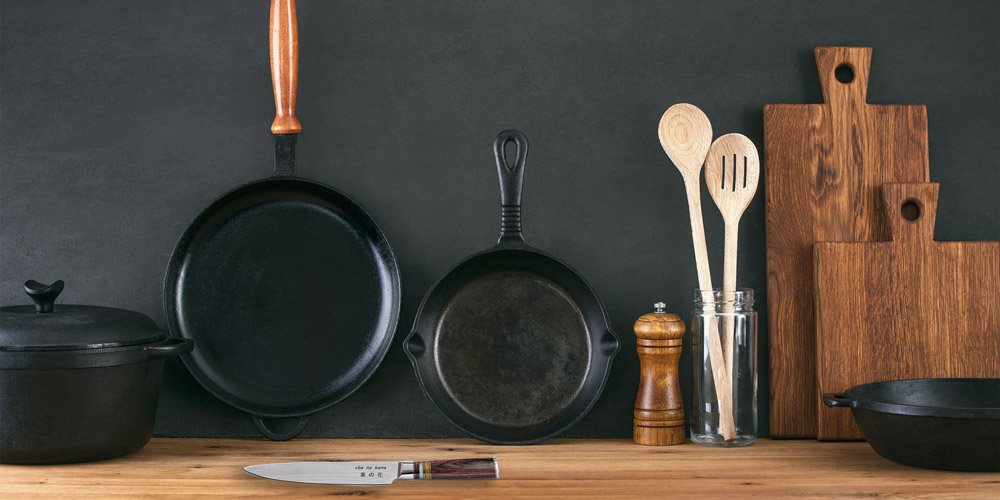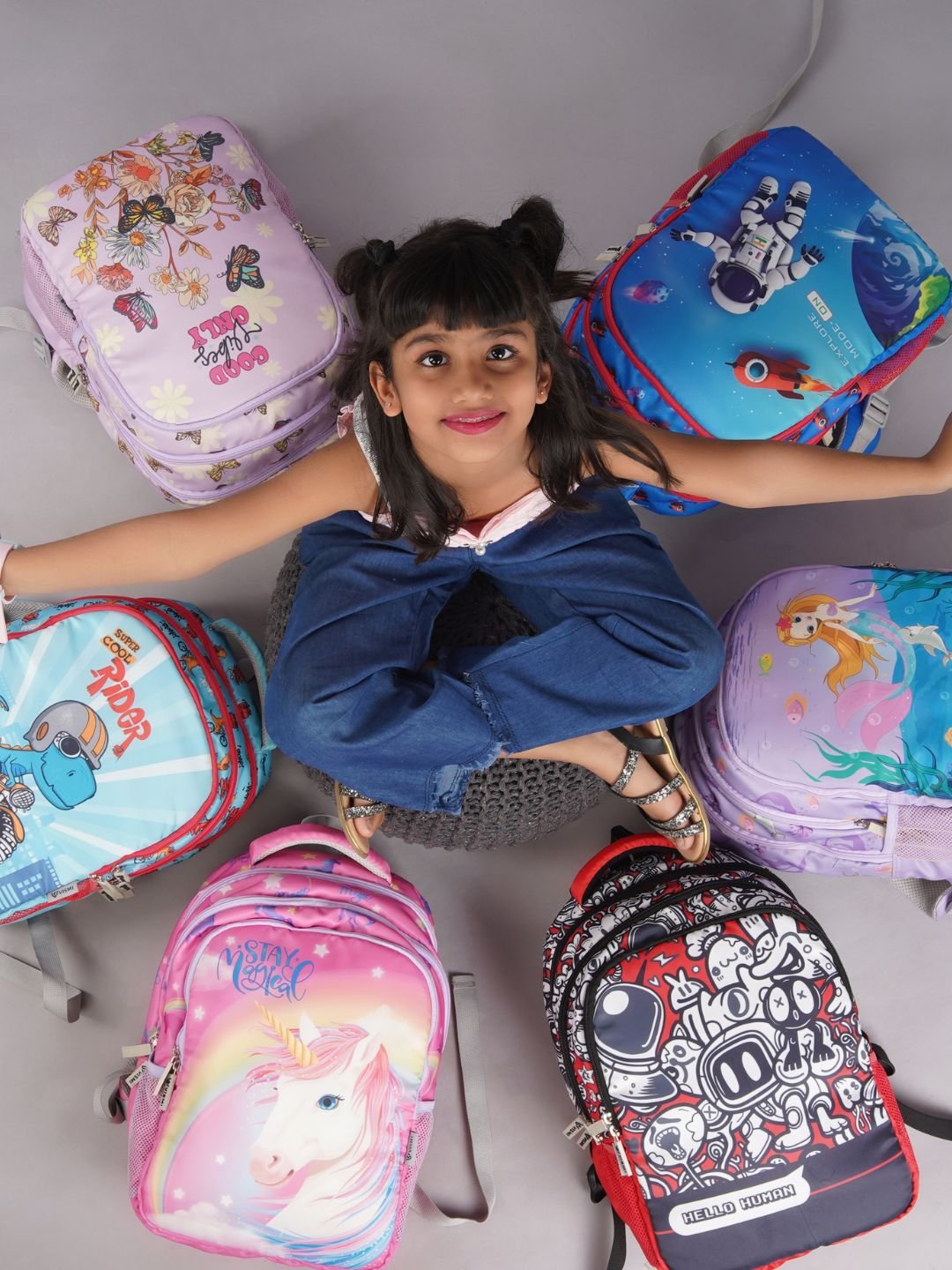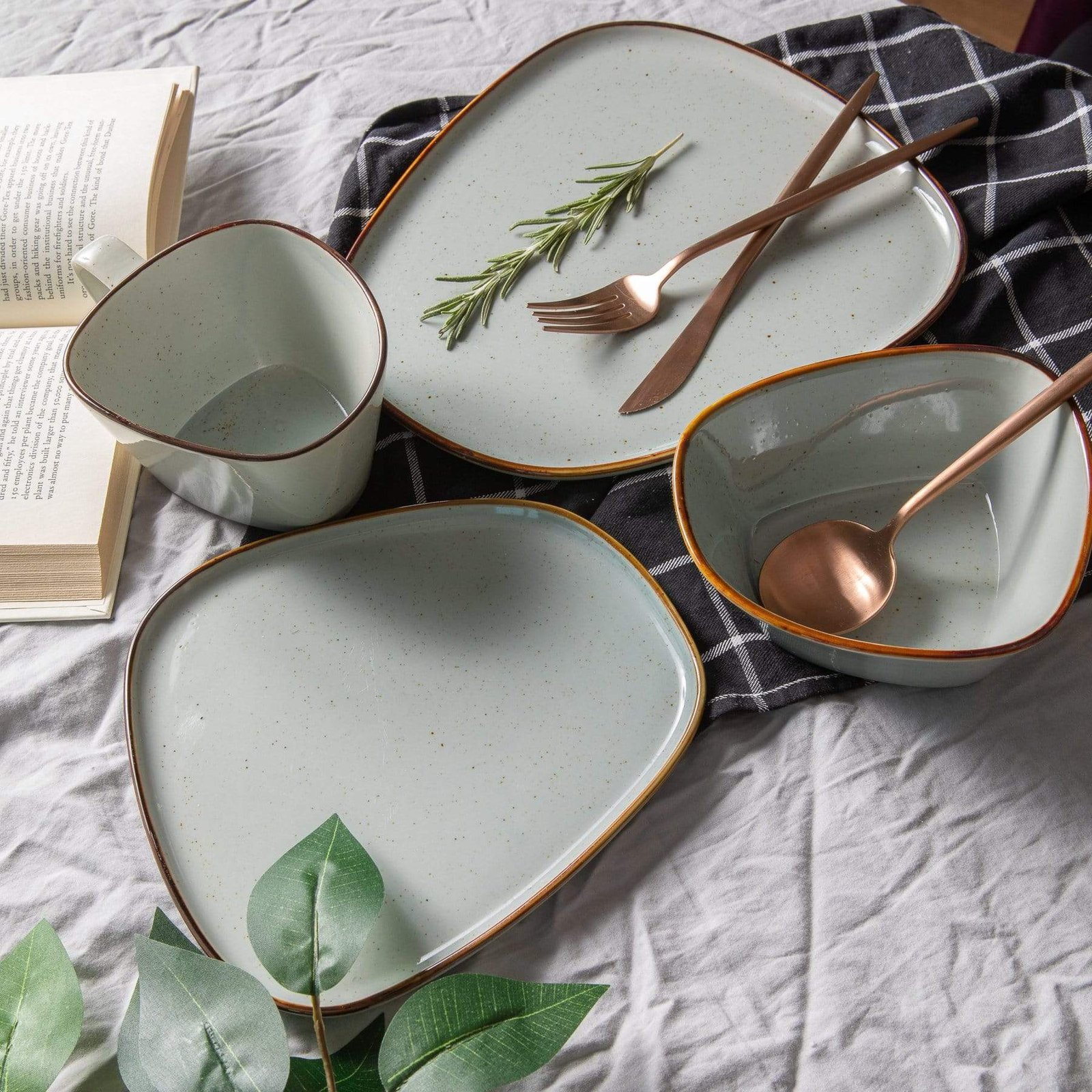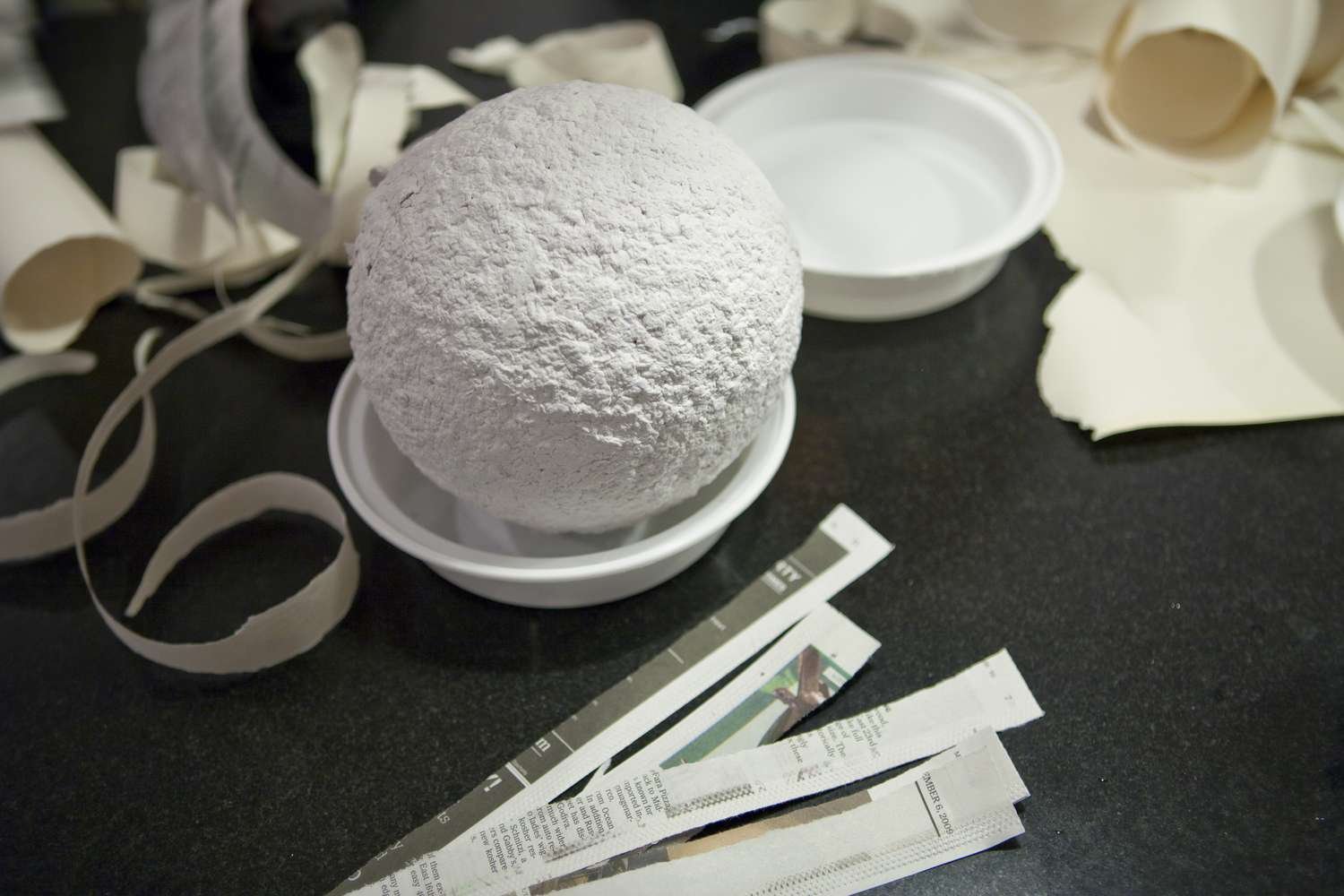The kid furniture market is evolving rapidly as modern parents seek products that combine functionality, style, safety, and sustainability. With a growing emphasis on child-friendly designs, space optimization, and environmental responsibility, manufacturers are focusing on developing furniture that meets contemporary needs. The rise of urban living and smaller home spaces has increased the demand for compact, multifunctional furniture that provides both comfort and utility. Additionally, the shift toward eco-conscious consumerism has led to a surge in demand for sustainable materials such as FSC-certified wood, organic fabrics, and non-toxic finishes. Technological advancements are also playing a key role, with smart furniture solutions gaining popularity among parents who prioritize adaptability and convenience. From convertible cribs and modular study desks to interactive play furniture and ergonomic seating, the market is expanding with diverse offerings tailored to the needs of modern families. The increasing influence of social media, design-conscious parenting, and online shopping trends has further driven innovation in the industry, making kid furniture not only a necessity but also a lifestyle choice.
The industry is experiencing a transformation fueled by a heightened awareness of child health and well-being. Parents today are highly informed and selective about the products they bring into their homes, placing greater importance on ergonomic benefits, material safety, and durability. Brands are responding by incorporating cutting-edge designs that prioritize child comfort and safety while also ensuring longevity. The global kid furniture market is witnessing a notable shift toward modular and adjustable furniture pieces that can adapt as a child grows. This shift is particularly evident in urban regions, where families seek to make the most of limited space while ensuring their children have functional, engaging, and aesthetically pleasing furniture. Additionally, rising disposable incomes and changing lifestyle patterns have made premium, customizable furniture options more accessible to a broader audience. As parents increasingly look for pieces that are both stylish and sustainable, the demand for innovative, high-quality, and eco-friendly kid furniture continues to grow, shaping the future of the industry.
The increasing demand for multifunctional, space-saving kid furniture is one of the most prominent trends in the industry. As families move into urban apartments with limited space, they seek furniture that serves multiple purposes without compromising on aesthetics or comfort. Beds with built-in storage, foldable study desks, expandable wardrobes, and adjustable high chairs are becoming popular choices among parents looking for practical solutions. Additionally, the growing emphasis on children’s posture and ergonomics has led to the rise of height-adjustable desks and chairs that promote healthy sitting habits and reduce strain on growing bodies. Sustainability is another major factor driving innovation in the kid furniture market, with more brands adopting eco-friendly materials such as recycled plastics, bamboo, and water-based adhesives. A significant percentage of parents now prefer products that are free from harmful chemicals such as lead, phthalates, and formaldehyde, reflecting an increased awareness of indoor air quality and overall child safety. Market research indicates that nearly 70% of parents are willing to pay a premium for sustainable and non-toxic furniture, emphasizing the growing consumer preference for responsible production practices. Additionally, the integration of smart features such as built-in lighting, wireless charging stations, and interactive digital elements in study desks and beds is revolutionizing the way children interact with their environment. These innovations cater to the modern household’s need for convenience while promoting better organization, enhanced learning, and improved well-being.
The impact of these trends on the industry is substantial, reshaping how manufacturers, retailers, and consumers approach furniture purchases. Manufacturers are investing heavily in research and development to design products that are durable, versatile, and aligned with evolving consumer preferences. Customization is gaining traction, allowing parents to personalize furniture according to their child’s needs, age, and preferences. Modular designs that can be easily expanded or reconfigured to accommodate growth spurts are particularly appealing, as they offer long-term value and flexibility. Retailers, both online and offline, are adjusting their strategies to align with these changing preferences, expanding their inventory to include more sustainable, ergonomic, and smart furniture options. The e-commerce sector, in particular, has seen a surge in demand for modular and space-efficient furniture, with online platforms providing a wide range of options, easy customization, and doorstep delivery services. Additionally, rental and subscription-based furniture services for kids are emerging as a viable alternative to traditional purchasing, offering parents a cost-effective and flexible way to access high-quality furniture without a long-term commitment. However, these advancements also present challenges, including higher production costs for sustainable materials, increased competition among brands, and the need for strict compliance with safety regulations. While the transition toward eco-friendly and technologically advanced furniture is proving beneficial for both consumers and businesses, manufacturers must navigate these complexities while ensuring affordability and accessibility.
Among various product categories, beds, study furniture, and storage solutions dominate the kid furniture market. Convertible cribs that transform into toddler beds and later into full-sized beds are gaining popularity as parents seek long-lasting, adaptable solutions. Study desks with height-adjustable features and ergonomic seating options are increasingly in demand, driven by growing concerns about children's posture and productivity. With an increasing number of children engaging in online learning and home-based education, desks that offer integrated lighting, cable management systems, and smart organization tools have become essential. Storage furniture such as modular bookshelves, multi-purpose cabinets, and toy organizers is also highly sought after, helping parents maintain a clutter-free and organized environment for their children. The key drivers behind these product preferences include rising urbanization, a shift toward compact living spaces, and an increased emphasis on creating a conducive learning and play environment at home. Additionally, the influence of social media and digital marketing has amplified demand for aesthetically appealing and Instagram-worthy furniture pieces, pushing brands to focus on innovative designs and color palettes that appeal to modern families. The rising adoption of themed furniture sets based on popular cartoon characters, fairy tales, or minimalist Scandinavian designs further highlights the evolving consumer preferences in the market.








